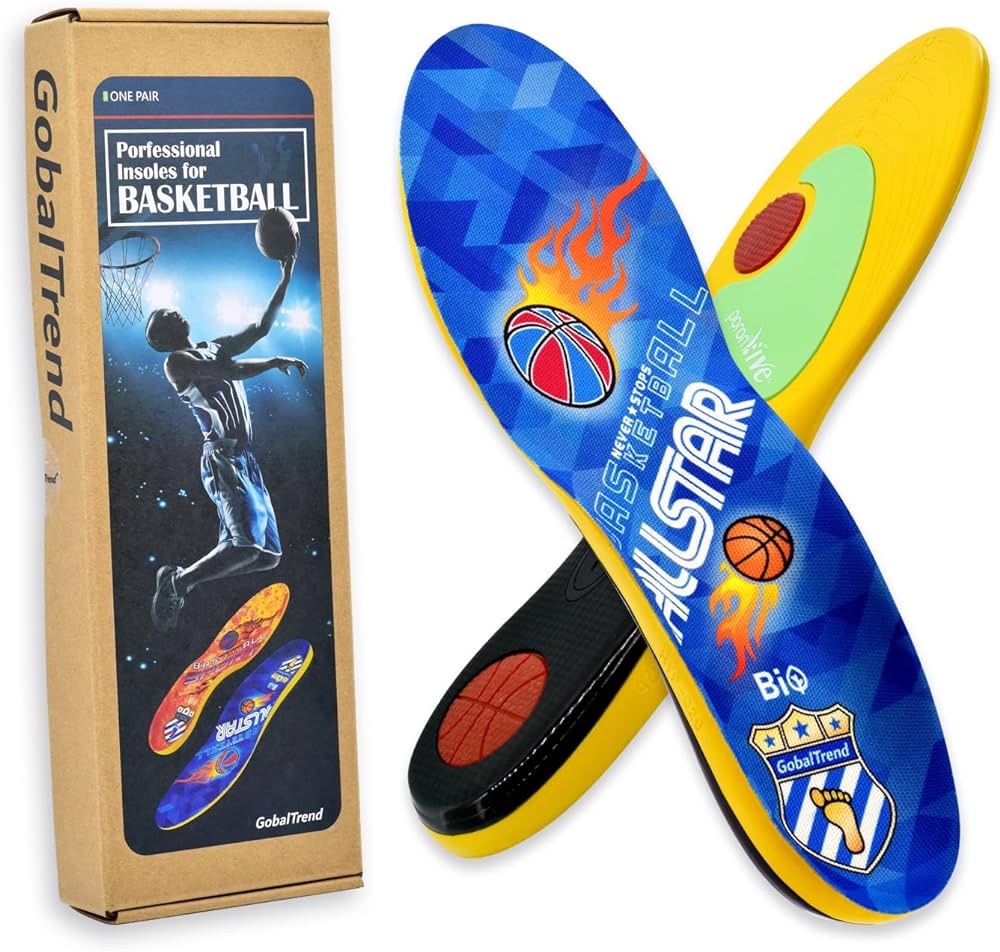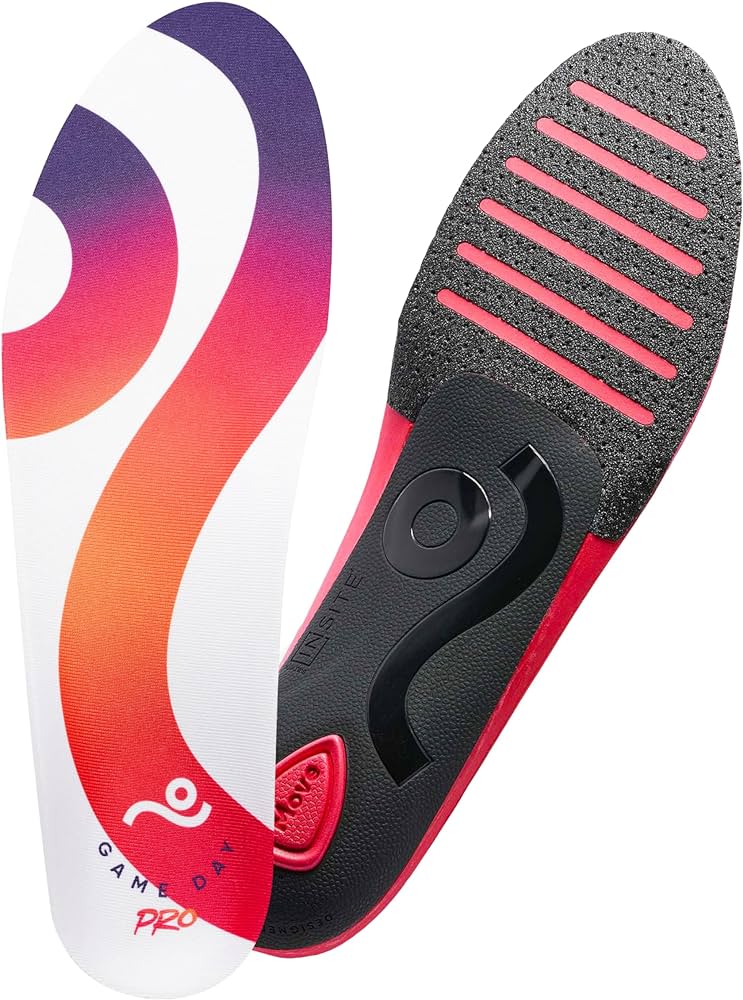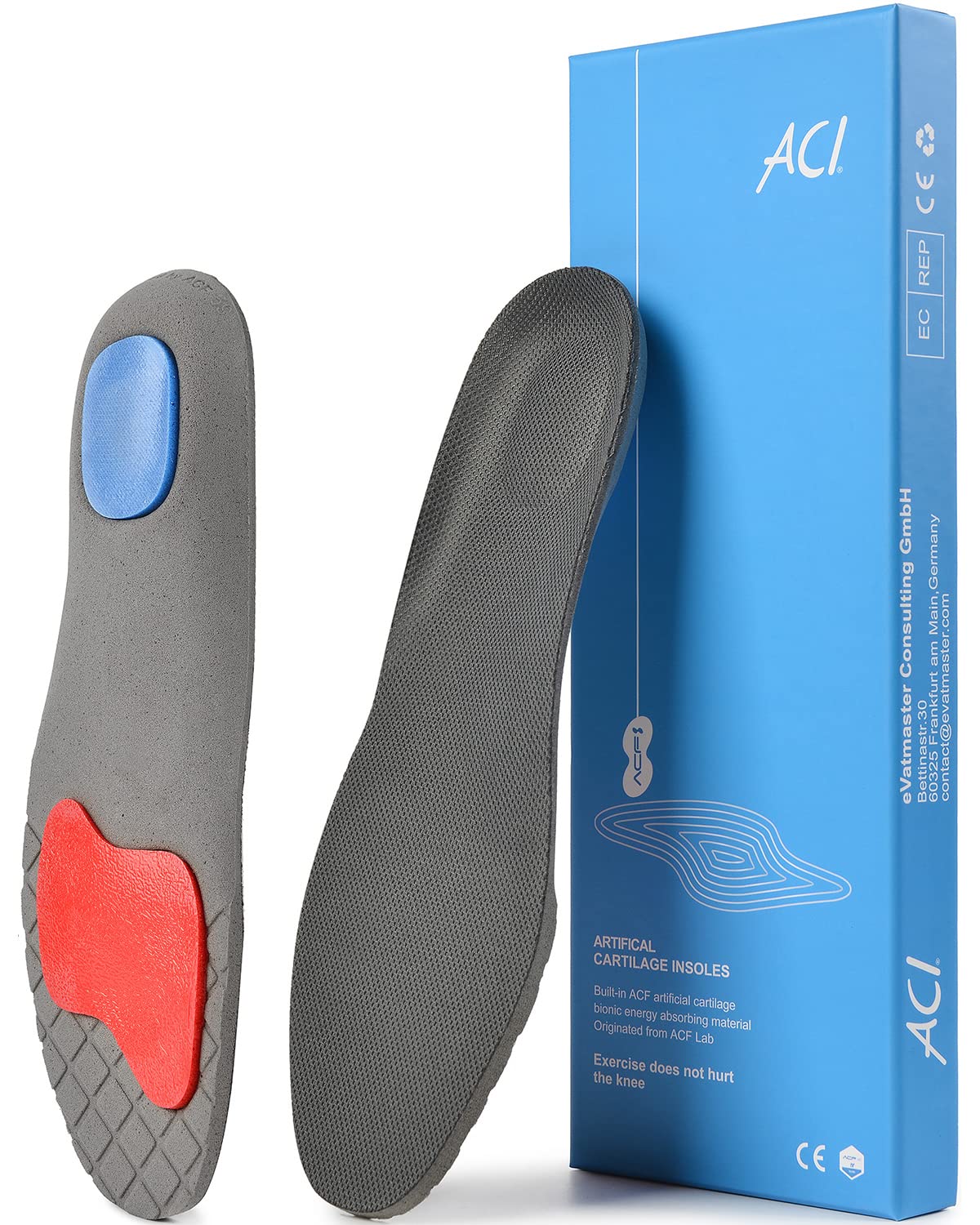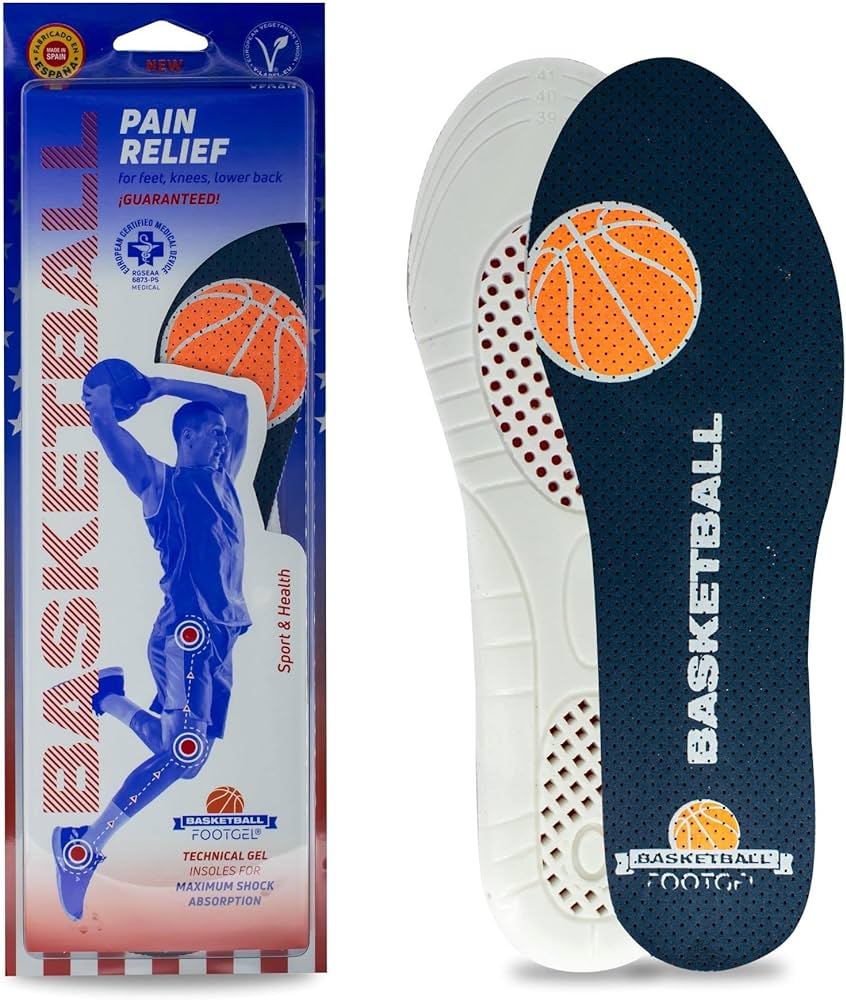Basketball, a sport that demands agility, power, and quick movements, puts immense stress on the feet. As an avid basketball player, you might have experienced foot pain, discomfort, or even injuries at some point. These experiences can sideline you from the game you love and hinder your performance. This is where basketball insoles step in, providing the support and cushioning your feet need to elevate your game and protect your health.

I. Understanding Basketball Insoles: The Hidden Advantage for Basketball Players
Basketball insoles are not mere shoe inserts; they are performance enhancers and foot protectors. These discreet inserts, placed inside your basketball shoes, work tirelessly to provide arch support, cushioning, shock absorption, and enhanced performance. Whether you’re a seasoned player dominating the court or a budding star honing your skills, basketball insoles can make a significant difference in your game.
A. Types of Basketball Insoles: Choosing the Right Support for Your Game
The world of basketball insoles offers a variety of options, each tailored to different needs and preferences. Let’s explore the three main types to help you find the perfect fit:
-
Over-the-counter basketball insoles: These readily available insoles offer convenience and affordability. They come in a wide range of options with varying arch heights, cushioning levels, and materials to suit different needs. You can find insoles designed for low, medium, or high arches, and some even offer features like heel wedges or metatarsal pads for targeted support.
-
Custom-made basketball insoles: For a personalized fit and optimal support, custom-made insoles are molded to your unique foot shape and arch height. A podiatrist (foot doctor) will typically create a mold of your foot, ensuring the insole perfectly matches your individual biomechanics. While more expensive than over-the-counter options, custom-made insoles provide a tailored solution that can significantly improve support, comfort, and function.
-
Prescription basketball insoles: Addressing complex foot problems or specific medical conditions, prescription insoles are designed under the guidance of a podiatrist. These insoles might incorporate features like rigid arch support, additional cushioning for pressure relief, or specific modifications to address unique foot concerns.

B. Features to Consider When Choosing Basketball Insoles: Selecting the Perfect Support
With a variety of insoles available, choosing the right ones can feel overwhelming. Let’s break down the key features to consider for optimal performance and foot health:
- Arch Support: The foundation of basketball insoles, arch support provides necessary elevation and stability to the arches. This promotes proper foot alignment, reduces fatigue in the arches and lower legs, and prevents injuries during quick movements and sudden stops.
Consider arch height: Choose insoles with arch support that matches your specific arch height. If you have low arches, opt for insoles with moderate arch support. For medium arches, a medium-arch support insole provides the best fit. Players with high arches will benefit from insoles with high arch support for optimal stability.
-
Cushioning and Shock Absorption:
- Basketball demands jumping, landing, and quick movements, putting significant stress on the feet. Cushioned insoles absorb impact forces, reducing stress on the feet, joints, and lower body. This translates to increased comfort on the court, especially during high-impact activities like jumping and landing.
Consider cushioning materials: Popular options include gel, foam, or combinations of both. Gel insoles offer excellent shock absorption and comfort, while foam insoles provide a more lightweight and responsive feel. Consider your personal preference and playing style when choosing cushioning materials.
-
Material and Construction: Durability, breathability, and odor control are crucial factors when choosing basketball insoles. Constant movement and exertion can lead to sweaty feet, so breathable materials like fabric or mesh are ideal for moisture management. Look for insoles constructed with durable materials that can withstand the demands of basketball.
-
Shoe Compatibility: Ensure the insoles fit comfortably within your chosen basketball shoes. Consider the thickness of the insole and its compatibility with various shoe styles, from low-top to high-top. Some thicker insoles might not fit well in all shoes, so it’s important to check compatibility before purchasing.

II. Benefits of Basketball Insoles: Elevate Your Game and Protect Your Feet
Basketball insoles are not just about preventing pain; they can elevate your game in several ways:
-
Improved Foot Support and Stability: Proper foot alignment thanks to arch support enhances stability and reduces the risk of injuries during quick movements and jumps. This can lead to improved agility, allowing you to react faster and make quicker cuts on the court.
-
Severe Foot Pain or Discomfort: Persistent pain that doesn’t respond to over-the-counter insoles or worsens with use could indicate a more serious underlying condition. A podiatrist can diagnose the cause of your pain and recommend the most appropriate treatment, which might include custom-made insoles or other interventions.
-
Underlying Medical Conditions: If your foot pain is associated with other medical conditions, such as diabetes or arthritis, consulting a podiatrist is essential. They can work with your doctor to develop a comprehensive treatment plan that addresses both the foot pain and the underlying condition.
-
-
Reduced Pain and Discomfort: Basketball can cause common foot problems like plantar fasciitis, heel pain, and metatarsalgia. Basketball insoles can alleviate this pain by providing targeted support and cushioning, allowing you to play comfortably for longer periods.
-
Improved Performance and Energy Transfer: Optimally supportive insoles can help improve energy transfer from the feet to the legs. This can potentially enhance athletic performance by allowing for more explosive movements and powerful jumps.Complex Foot Problems: For complex foot problems or conditions that require specialized treatment, a podiatrist can provide the necessary expertise. They can assess your feet, recommend the most appropriate treatment options, and create custom orthotics if needed.
Enhanced Cushioning and Shock Absorption: Cushioned insoles absorb the impact of jumping and landing, reducing stress on the feet, joints, and lower body. This translates to less fatigue, improved endurance, and a lower risk of overuse injuries.

III. Additional Considerations for Basketball Insoles: Addressing Specific Needs
Beyond the core features, consider these additional factors to find insoles that perfectly match your needs:
-
Playing Style and Position: Different playing styles and positions in basketball have specific demands on the feet.
-
Guards: Guards prioritize quick movements and changes of direction. Look for insoles with good arch support, shock absorption, and a balance between flexibility and stability to enable agility.
-
Forwards: Forwards require a balance between agility and power plays. Choose insoles with moderate to high arch support, cushioning for impact absorption, and overall stability for various movements.
-
Centers: Centers experience high-impact movements and pivot maneuvers. Opt for insoles with maximum cushioning and shock absorption, along with additional stability features for optimal support.
-
-
Foot Pain or Conditions: If you experience specific foot pain or conditions, certain insoles can offer targeted support:
-
Plantar fasciitis: This common heel pain condition often benefits from insoles with additional arch support and heel cushioning to reduce stress on the plantar fascia tissue.
-
Metatarsal pain: Pain in the ball of the foot can be addressed by insoles with forefoot cushioning and metatarsal support to distribute pressure more evenly.
-
-
Personal Preferences: Consider comfort, fit, and any desired additional features:
-
Comfort: Choose insoles that feel comfortable from the moment you put them in. Consider the thickness and material of the insole to ensure it doesn’t create pressure points or discomfort.
-
Fit: The insoles should fit snugly inside your shoes without bunching or causing any movement.
-
Additional Features: Some insoles offer features like moisture-wicking materials for breathability, odor control technology, or even top covers that can be washed for hygiene. Consider these features based on your personal needs and preferences.

-
IV. Fitting and Using Basketball Insoles: Proper Insole Placement and Break-In
Once you’ve chosen the perfect insoles, proper fitting and usage are essential to maximize their effectiveness:
-
Proper Insole Placement: Carefully remove the existing insoles from your basketball shoes. Place the new insoles inside the shoes, ensuring they align correctly with the footbed. Double-check that the heel of the insole sits flush against the back of the shoe for optimal support.
-
Break-In Period: New insoles might feel different from your old ones, so allow your feet some time to adjust. Introduce the insoles gradually, wearing them for short periods initially and increasing the wear time over a few days. This allows your feet and body to adapt to the new level of support.
-
Maintenance and Replacement: Regularly clean your insoles according to the manufacturer’s instructions. This can involve hand washing them with warm water and mild soap or using disinfectant wipes. Replace your insoles when they show signs of wear and tear, or when they lose their cushioning and support properties. Typically, basketball insoles need to be replaced every 6 to 12 months, depending on usage frequency
-
-